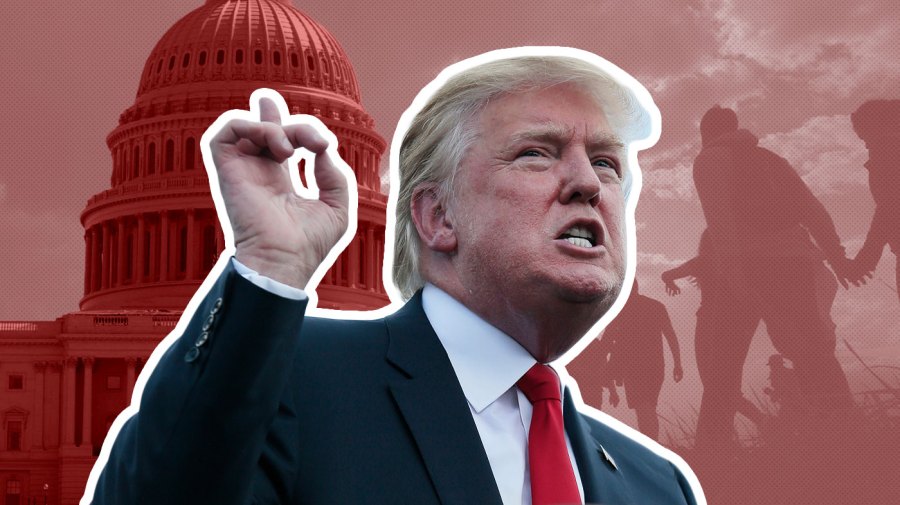Trump immigration crackdown may eliminate 15M workers by 2035: Study

A new study released Friday says President Trump’s immigration enforcement policies will decrease the country’s workforce by 15 million people over the next decade.
“The Trump administration’s policies on illegal and legal immigration would reduce the projected number of workers in the United States by 6.8 million by 2028 and by 15.7 million by 2035 and lower the annual rate of economic growth by almost one-third, harming U.S. living standards,” the National Foundation for American Policy (NFAP) wrote in its analysis of deportation efforts led by the White House.
The research organization said the new migrant policies will “substantially” increase the federal debt by $1.74 trillion and reduce gross domestic product (GDP) by $12.1 trillion throughout the span of the next 10 years.
“The reductions in legal immigration include suspending and reducing refugee admissions, the travel ban enacted in 2025, ending Temporary Protected Status and humanitarian parole programs, prohibiting international students from working on Optional Practical Training and STEM OPT after completing coursework and other changes, such as an expected public charge rule, to restrict legal immigration,” researchers wrote.
“The analysis does not include the likely significant economic impact of restricting U.S. companies’ access to high-skilled foreign nationals through regulatory and administrative action, which could affect productivity growth,” they added.
The Hill reached out to the White House for comment.
The Trump administration has set a goal of removing at least 1 million immigrants in the country illegally per year. The Labor Department recently warned that the Trump administration’s mass deportation efforts could drive up food prices due to a dwindling workforce in the agriculture industry.
Taxpayer funds are currently being used to bolster border and immigration enforcement, including the White House’s $45 billion investment to increase Immigration and Customs Enforcement (ICE) detention capacity.
The NFAP said as expenditures rise, so will the country’s debt.
“Increasing the federal debt will reduce living standards in the United States by leading to higher levels of taxation, inflation and interest rates than without such debt,” researchers wrote.
“Labor force growth is a crucial part of the economic growth that advances a country’s living standards and facilitates the financing of existing debts and obligations. With the U.S.-born population aging and growing at a slower rate, immigrants have become an essential part of American labor force growth,” they added.